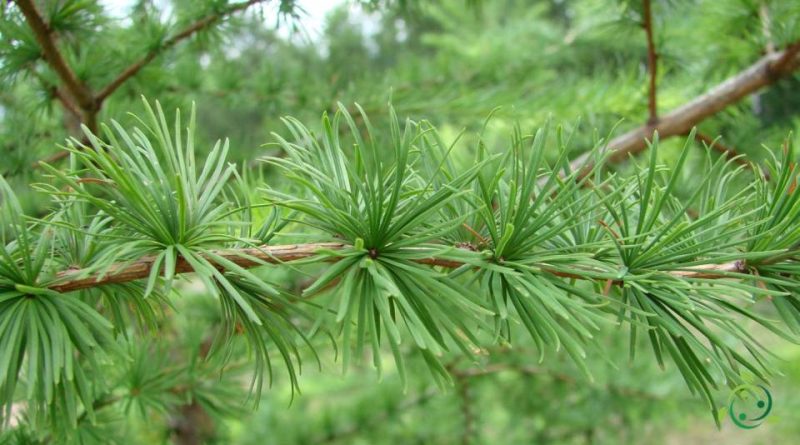European larch reproduction
European larch reproduction
The European larch (Larix decidua Mill., 1768) is a conifer of the Pinaceae family.
Suitable breeding habitat –
The European larch is a species native to the mountains of Central Europe, the Alps and the Carpathians, as well as the Pyrenees, with disjointed lowland populations in northern Poland and southern Lithuania. It is widely naturalized in Scandinavia.
In Italy it is very common in all the Alps, where it also reaches very high altitudes (over 2,500 meters). Where the forest gives way to alpine meadows, isolated individuals are encountered, deformed by the wind and snow.
It grows on neutral to acid soils, mainly on granite rock.
Propagation –
For the propagation of Larix decidua it should be borne in mind that this plant, unlike the other European conifers, totally loses its leaves in winter. This feature undoubtedly allows it to have greater resistance to the cold and to be recognized at first sight in a winter mountain forest. In spring the plant puts on green, needle-like and resistant leaves, while in autumn all the foliage turns yellow and falls to the ground.
It is also a very long-lived plant with a lifespan close to 1000 years.
This conifer prefers an open and airy position on light or gravelly well-drained soils and tolerates acidic and not very fertile soils, but it bears poorly on very peaty or very chalky soils.
Furthermore, larch does not like air pollution and therefore does not grow well in cities.
It is a very fast growing plant.
For its propagation it is possible to start from seed. The seed remains viable for 3 years.
Sowing should be done at the end of winter in pots in an unheated environment. Cold stratification of one month favors germination.
Once the young seedlings have germinated, it is advisable to shade them for the first year.
Transplanting should be done in the late spring period by providing them with effective mulch that excludes weeds and preferably winter protection for their first year.
If you have seedlings, it is advisable to use those grown in the ground and not those in pots which, often, can have spiraled roots.
Ecology –
The European larch, like many other Alpine and non-Alpine conifers, is subject to various threats, mainly related to anthropic action but also to climate change.
The main threats include:
– Intensive use of timber;
– Clearing related to the development of ski resorts;
– Amplification of high altitude pastures;
– Slow regeneration;
– Excessive wildlife pressure in larch forest areas.
The natural woods of secular larch trees are uncommon environments and are listed among the habitats of particular interest.

